Rachel Marks, Hope in ‘Esohpromatèm’
Reflecting upon the environmental impact of humans after the Fukushima disaster, the artist turns to art for hope and collaboration.
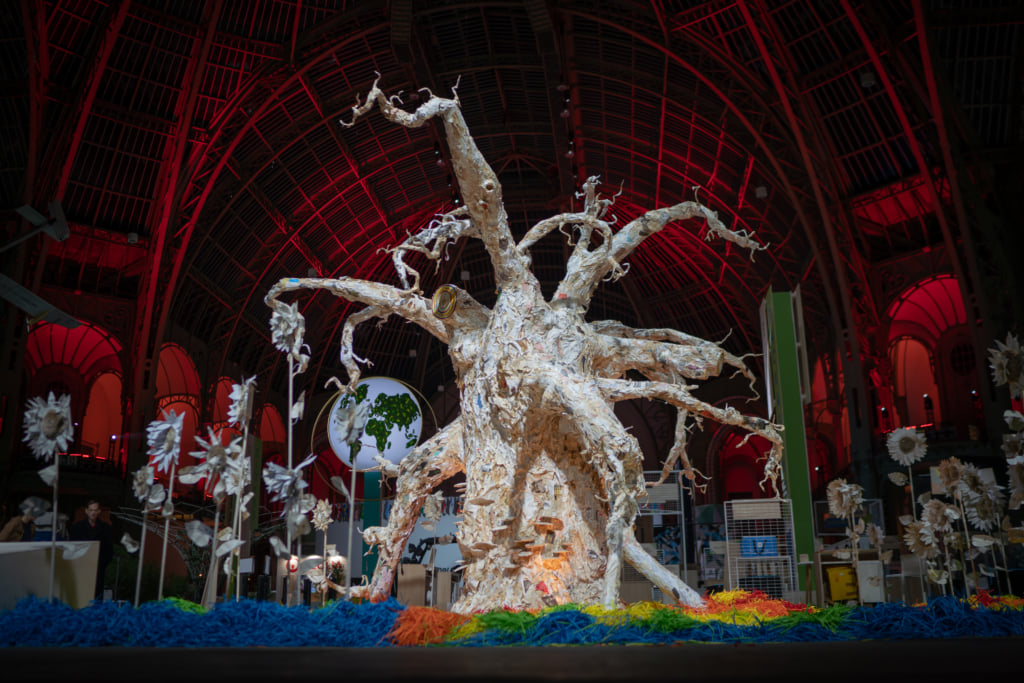
‘Esohpromatèm’, Rachel Marks 2020. Photo François-Xavier Watine
When artist Rachel Marks was invited by the organisation ChangeNOW to produce an original work for an exhibition at the Grand Palais in 2020, she began to reflect deeply on humanity’s impact on the world. Esohpromatèm is an installation created by the Paris-based American artist that seeks to incorporate community, repurposing, and hope for positive change, inspired by the consequences of the Fukushima disaster.
Having completed a Bachelor of Fine Art in 2010 in Drawing and Painting from Oklahoma State University and a Master of Fine Art in 2013 from l’Ecole Supérieure d’Art et Design of Grenoble, France, Rachel Marks first became interested in the events that took place in Fukushima while researching for her installation Esohpromatèm. Created from recycled books and paper, the work is an allegory for the earth.
‘Fukushima was one of the worst environmental disasters. I started to research the repercussions that it had on our planet. This is when I learned the power of sunflowers; they are planted to help clean the environment of toxic pollution,’ explains the artist in an interview with Pen. ‘Even if the flowers are often transformed by the radiation, they send a hopeful message, showing nature’s strength overcoming our damage.’
Change through art
The interactive element of the work was important for Rachel Marks. ‘I feel that my work is like a big collaboration between nature and humanity: the paper comes from various forests, the authors who wrote the words printed onto the pages, the various people who owned the books… This is one of the reasons why the idea of community is so prominent in my work.’ This is also reflected in the way in which participation forms a central role in the installation. Visitors were invited to enter the tree at the centre of the space, and to write a promise to the earth. These were then folded into origami cocoons and left to embellish the work.
‘I don’t feel that I can change the world alone,’ says Rachel Marks. ‘However, I hope that my work can both educate and touch the people that participate; I hope to create a constructive conversation about the beauty of nature and our personal and collective relationship within it.’
Esohpromatèm (2020) is an installation by artist Rachel Marks; read more on her website.

‘Esohpromatèm’, Rachel Marks 2020. Photo François-Xavier Watine

‘Esohpromatèm’, Rachel Marks 2020. Photo François-Xavier Watine

‘Esohpromatèm’, Rachel Marks 2020. Photo François-Xavier Watine
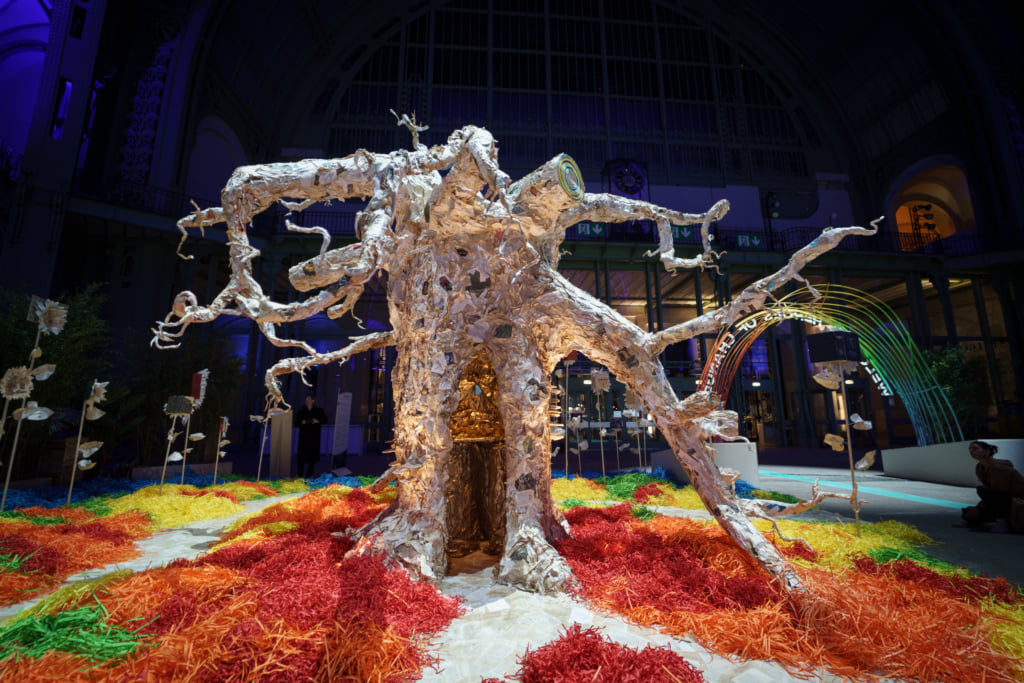
‘Esohpromatèm’, Rachel Marks 2020. Photo François-Xavier Watine

‘Esohpromatèm’, Rachel Marks 2020. Photo François-Xavier Watine
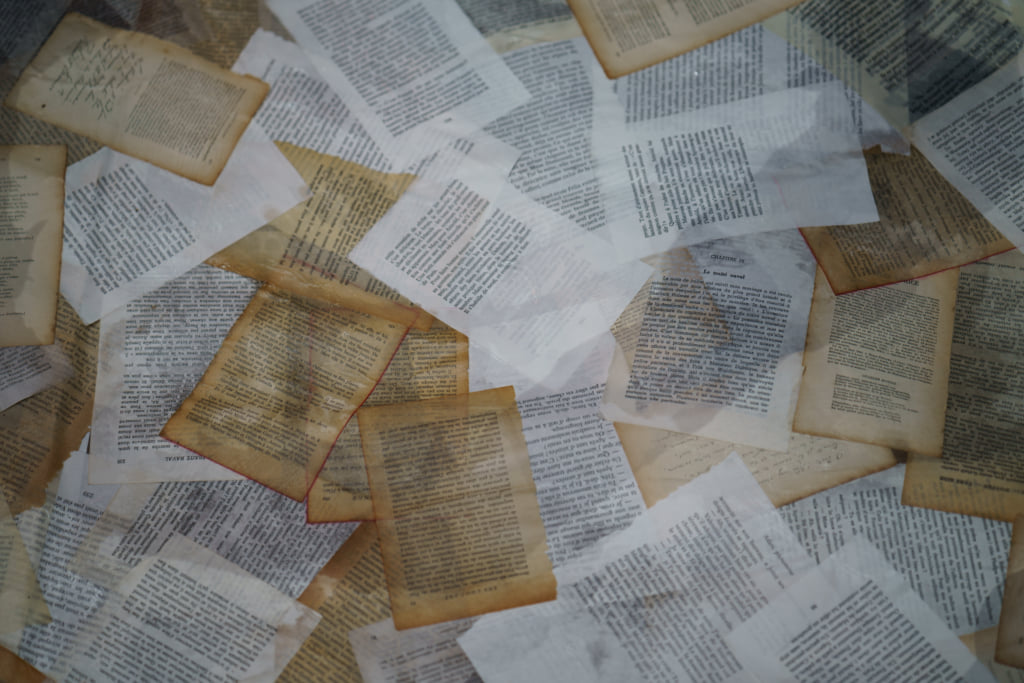
‘Esohpromatèm’, Rachel Marks 2020. Photo François-Xavier Watine
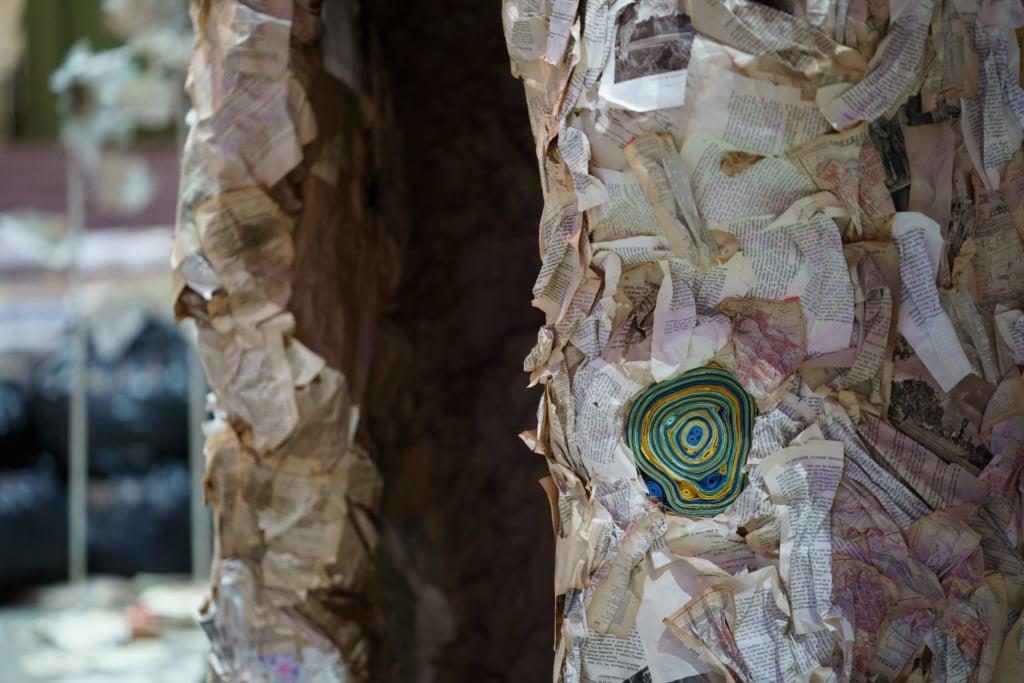
‘Esohpromatèm’, Rachel Marks 2020. Photo François-Xavier Watine
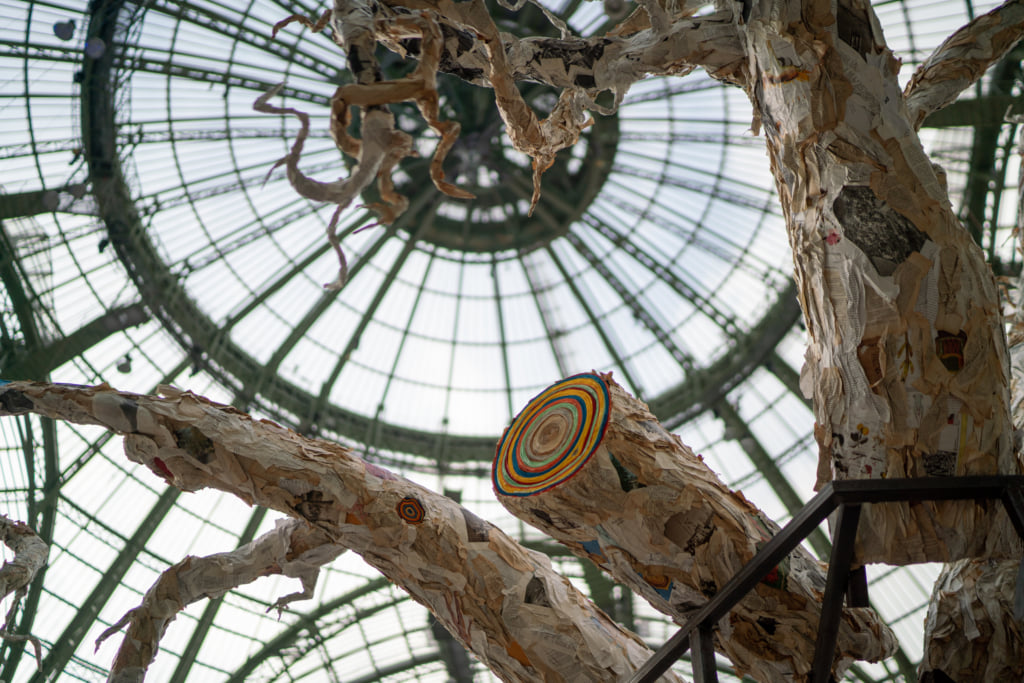
‘Esohpromatèm’, Rachel Marks 2020. Photo François-Xavier Watine
TRENDING
-
A House from the Taisho Era Reveals Its Secrets
While visiting an abandoned building, Hamish Campbell discovered photographs the owner had taken of the place in the 1920s.

-
The Taboo-Breaking Erotica of Toshio Saeki
The master of the 1970s Japanese avant-garde reimagined his most iconic artworks for a limited box set with silkscreen artist Fumie Taniyama.

-
With Meisa Fujishiro, Tokyo's Nudes Stand Tall
In the series 'Sketches of Tokyo', the photographer revisits the genre by bringing it face to face with the capital's architecture.

-
Masahisa Fukase's Family Portraits
In his series ‘Family’, the photographer compiles surprising photos in which he questions death, the inescapable.

-
Hajime Sorayama's Futuristic Eroticism
The illustrator is the pioneer for a form of hyperrealism that combines sensuality and technology and depicts sexualised robots.





